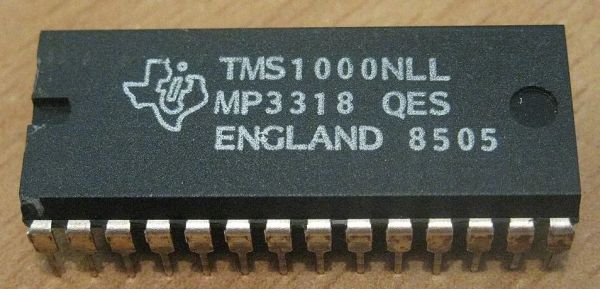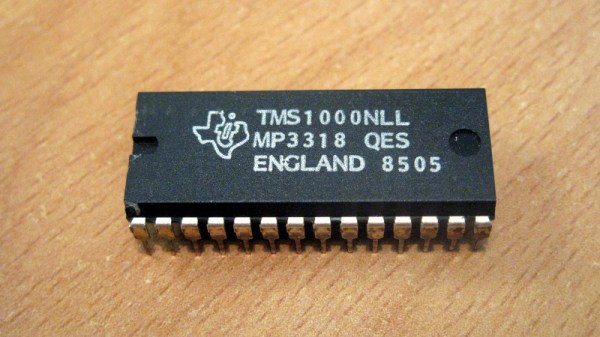
Although for most generations alive today the era of microcontrollers (MCU) feels like it starts somewhere with the Intel 8051 and AVR MCUs, the history of these self-contained computing marvels that are now found just about anywhere begins long before those were even conceptualized. In a recent article titled Tiny Computers From Texas, [Babbage] goes through this early history of what would ultimately become such an integral part of daily life.
An MCU is defined as a small, self-contained computer, which requires few to no external components to function. This contrasted with the more traditional MPUs, or microprocessor units, where a computer was assembled out of one or more MPUs, I/O chips, memory SRAM and so on. It’s perhaps little surprise that the drive towards MCUs was the result of primarily the calculator market, where competing firms were trying to upstage each other with higher levels of integration into as few chips as possible, while driving down costs and power usage.
Ultimately, the Texas Instruments TMS 1000 was the first true MCU that got produced in large volumes after its release in 1974. Moving beyond calculators, the TMS 1000 found its way into toys, including the Speak & Spell – which uses another Ti chip (TMS 5100) for the voice synthesis – so that today any toy can be interactive in exciting and often noisy ways.
Back in 2020 we took our own affectionate look at this chip.















